Written by: Dr. James Tyler
Kidney stones are a common yet excruciating condition. During an acute attack, the pain can be described as knife-like, ranking at level eleven on the medical pain scale—a level that is nearly unbearable for most patients.
Despite the severe discomfort, kidney stones can be effectively managed with prompt diagnosis and treatment. Advances in minimally invasive techniques and the continuous optimization of endoscopic equipment have significantly improved the efficiency and safety of stone fragmentation and extraction procedures.
With the adoption of CatheGenix™ urinary system products, surgical efficiency and efficacy have reached new heights, offering patients high-quality care without the need for invasive surgery or perforation.
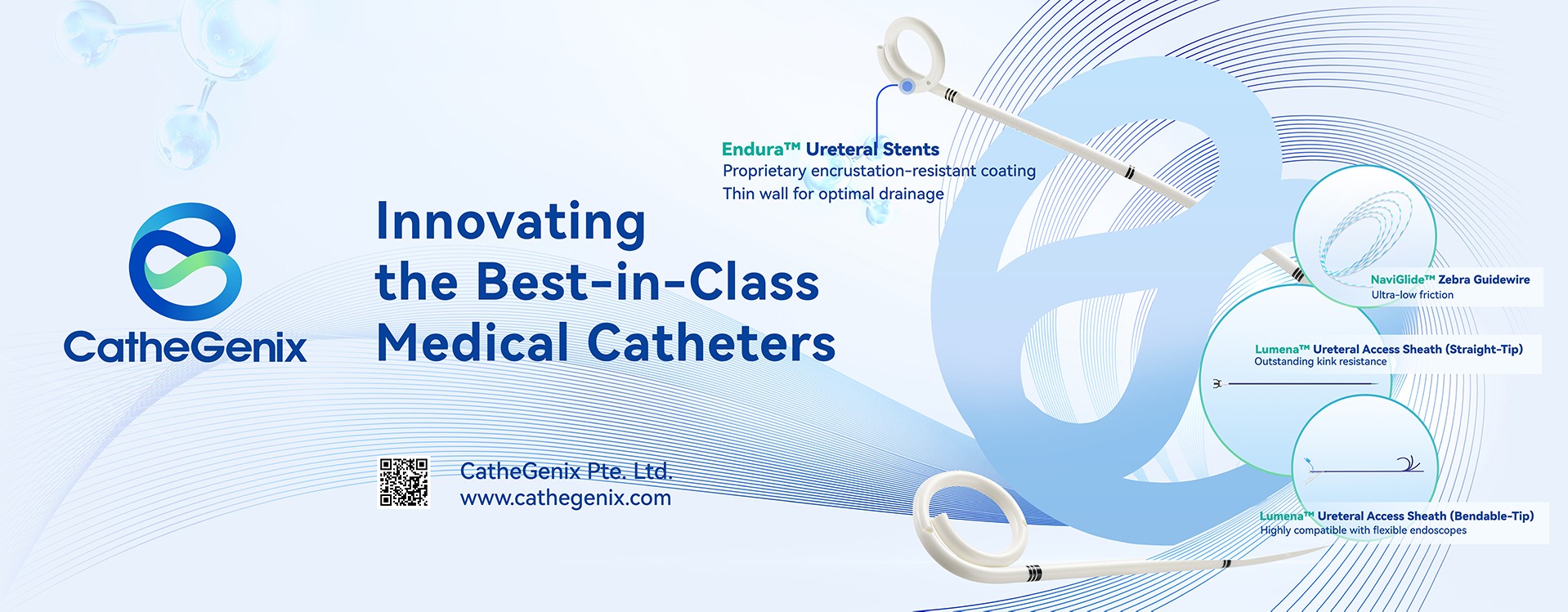
Essential Instruments in Ureteroscopic Lithotripsy
1. Ureteroscopes
Compared to traditional models, modern ureteroscopes offer enhanced clarity, a slimmer profile, and increased flexibility. The distal end of the ureteroscope can articulate within the kidney, achieving a bending angle of 180 to 275 degrees, allowing for better access and maneuverability during surgery.
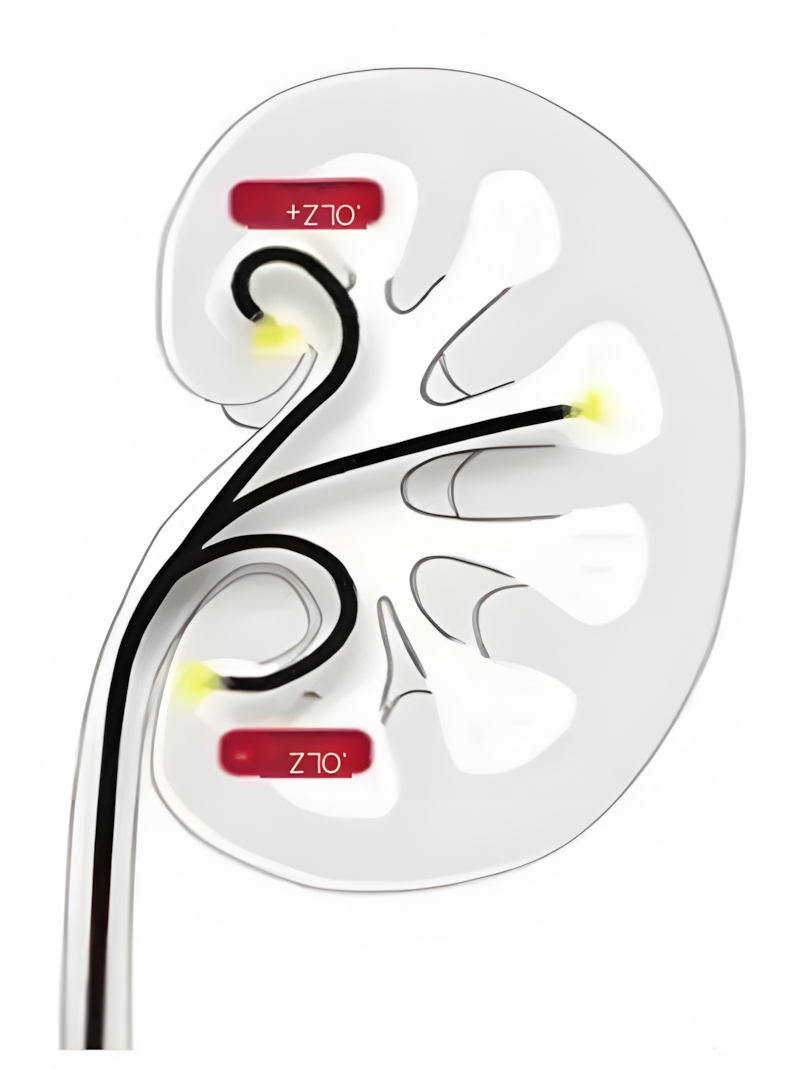
2. Guiding Sheaths
The latest generation of flexible, negative-pressure suction ureteral guiding sheaths outperform traditional models. Their soft, flexible tips allow for easy access to the renal pelvis and its calyces, efficiently removing stone debris and reducing renal pelvic pressure by optimizing suction vortex flow.
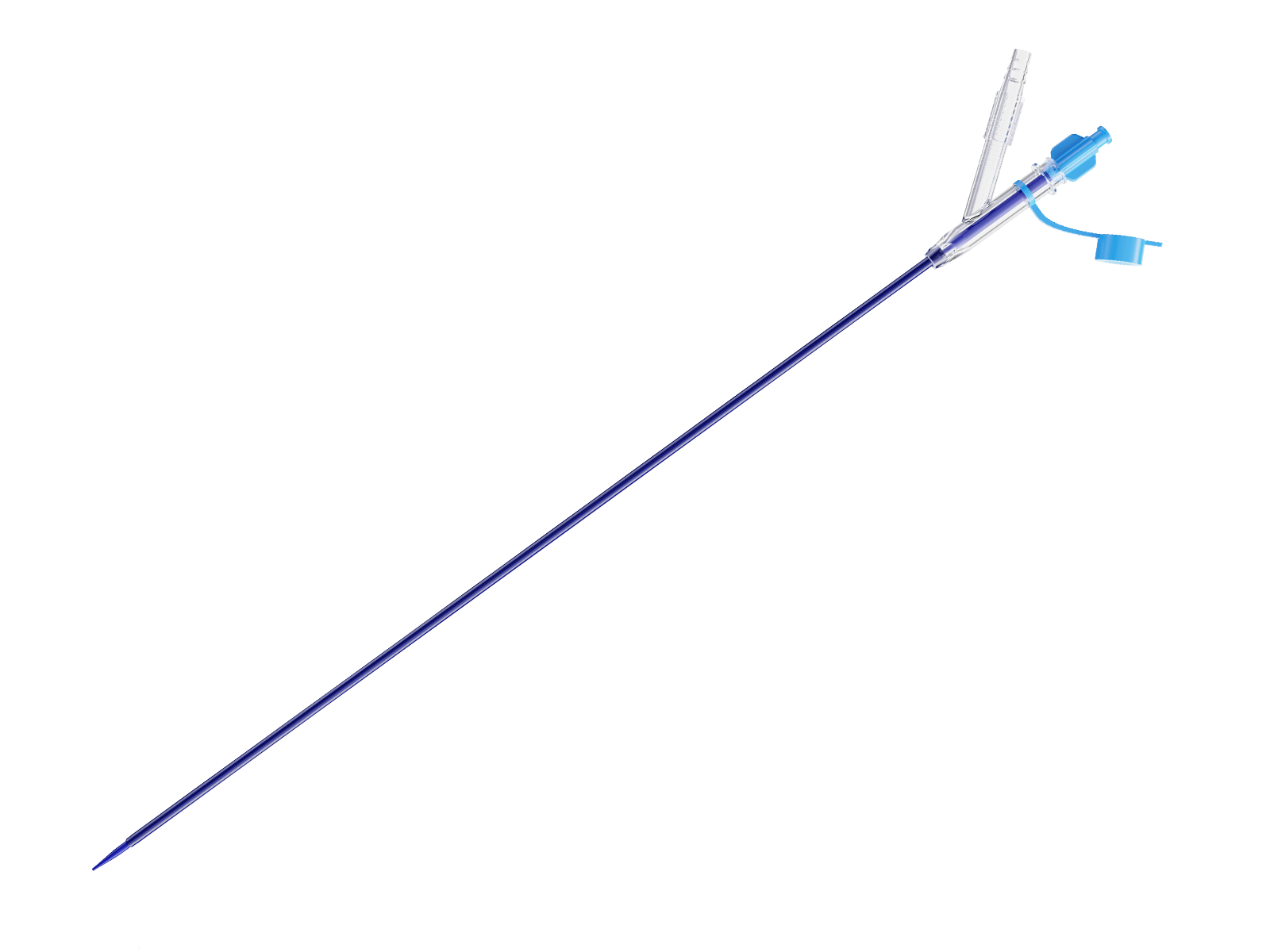
3. Guidewires
Composed of a soft tip, inner core, and polymer coating, guidewires serve a critical role in facilitating the passage of surgical instruments. Their atraumatic soft tip minimizes urethral damage, enhancing procedural safety and patient comfort.
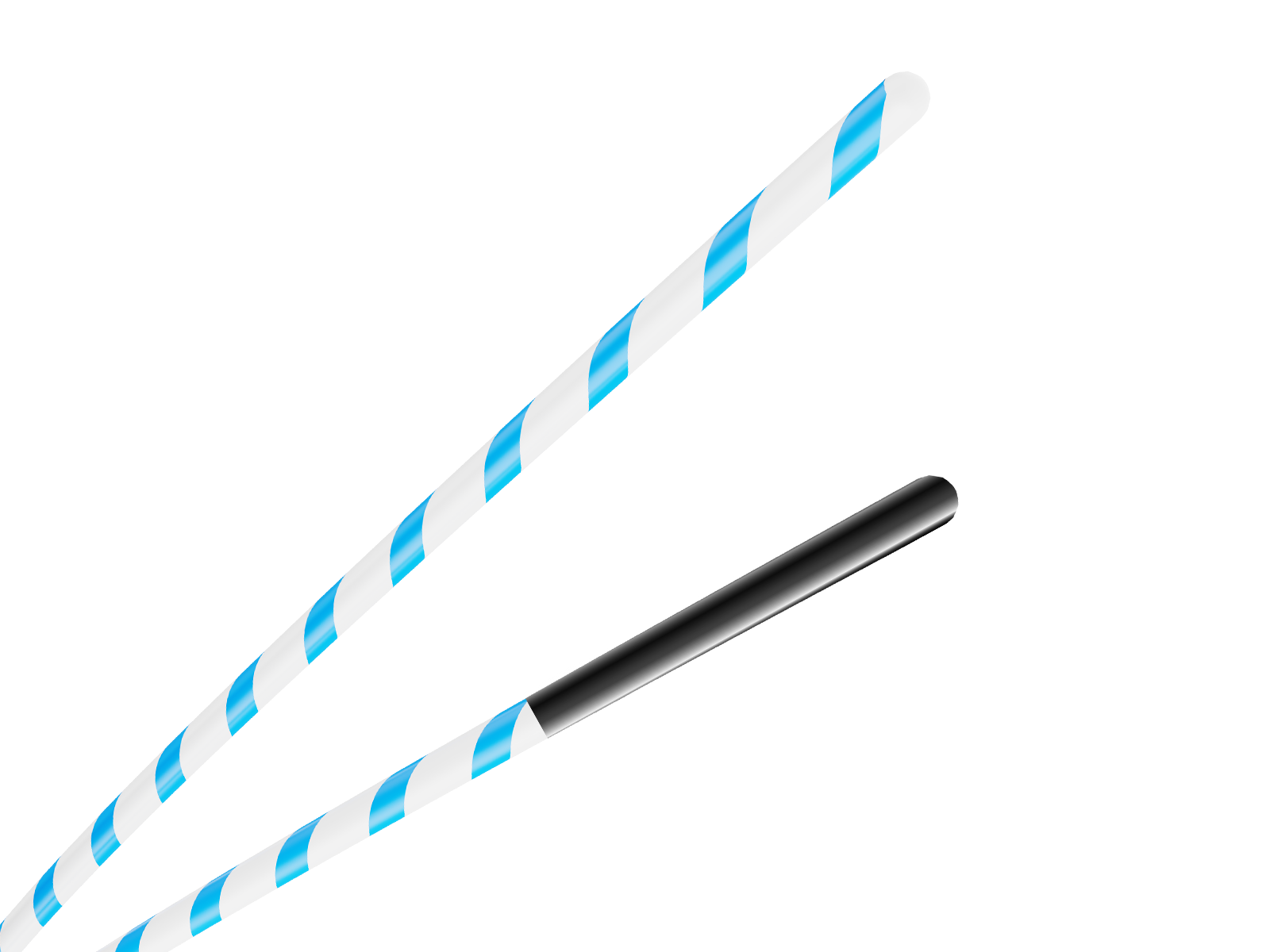
4. Ureteral Stents (Double-J Tubes)
Commonly referred to as "DJ tubes," these stents are widely used in urological procedures. Positioned within the ureter, they provide structural support while ensuring the smooth flow of urine from the kidney to the bladder, aiding in the drainage of postoperative debris.
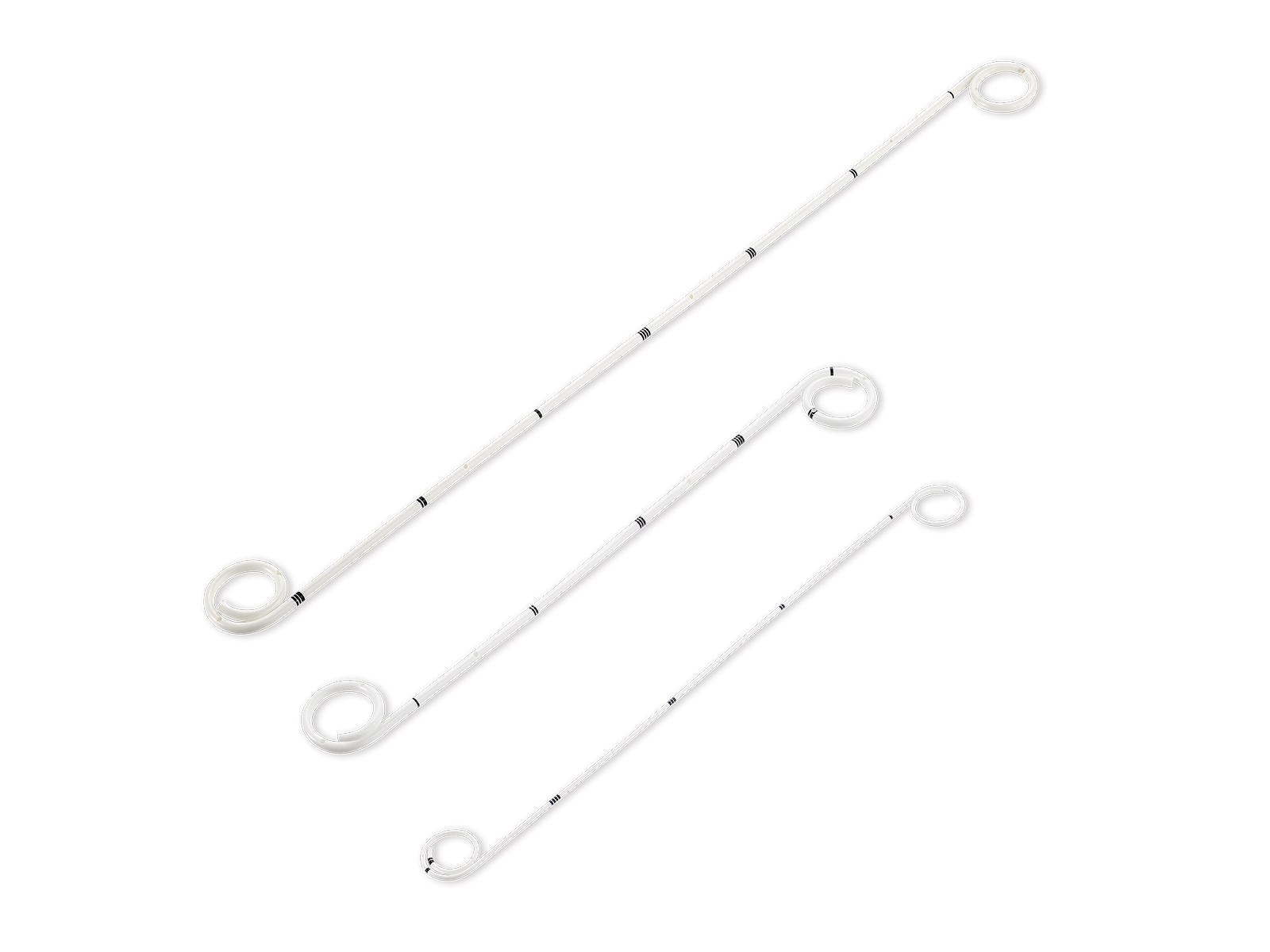
 Abdominal X-ray with double J tube retention
Abdominal X-ray with double J tube retention
Advantages of Ureteroscopic Lithotripsy Over Traditional Techniques
Minimally Invasive and Fast Recovery:
Traditional open stone removal procedures involve significant trauma and prolonged recovery, making them less favorable in modern practice. Although laparoscopic procedures are minimally invasive, they still involve surgical incisions and potential complications. Ureteroscopic lithotripsy, on the other hand, utilizes the body's natural channels to access the stones without incisions, offering minimal pain, faster recovery, and lower complication rates.
Superior Stone Management:
Ureteroscopic lithotripsy effectively treats upper ureteral stones and can address kidney stones under 2cm in size. The procedure takes advantage of the flexible ureteroscope to navigate the urinary tract and fragment stones, which are then naturally expelled from the body.
Ureteroscopy surgery can simultaneously treat upper ureteral stones and kidney stones, and is currently the main treatment method for upper ureteral stones and kidney stones below 2cm that require surgical treatment.
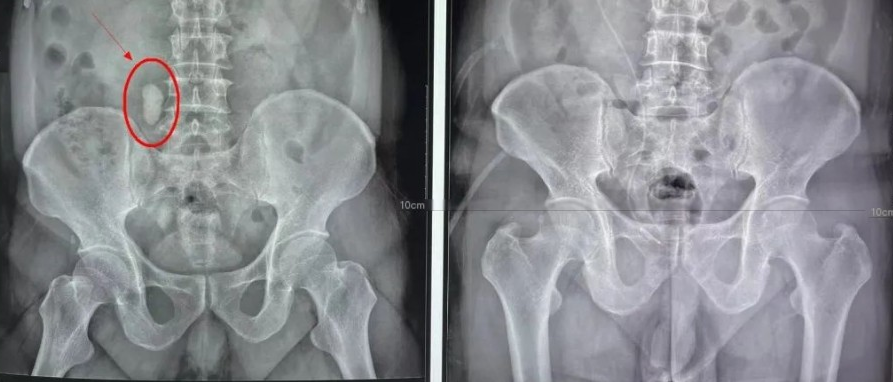
Doctor's Advice: Prevention and Early Detection of Kidney Stones
With evolving lifestyles, the incidence of kidney stones is steadily rising, particularly among young men. Symptoms such as lower back pain, painful urination, renal colic, and hematuria should not be ignored. Early diagnostic measures like ultrasound or X-ray can aid in timely detection and management.
Preventive strategies include:
- Increasing water intake to dilute urine and prevent crystal formation.
- Engaging in regular physical activity to promote kidney health.
- Consuming a diet rich in fiber and vitamin A while controlling calcium, protein, and salt intake.
By adopting these measures, the risk of kidney stone formation can be significantly reduced, improving overall urological health.